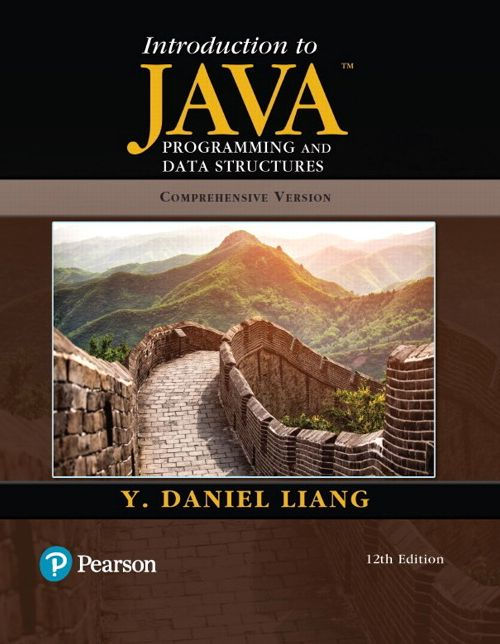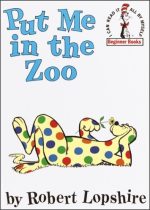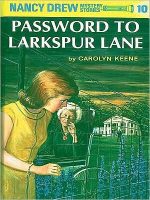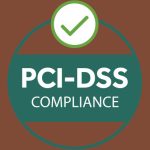Receive your first E-Book(s) on us valued up to $10, simply by registering an account today.
Many of you have provided feedback on earlier editions of this book, and your comments and suggestions have greatly improved the book. This edition has been substantially enhanced in presentation, organization, examples, exercises, and supplements.
The book is fundamentals first by introducing basic programming concepts and techniques before designing custom classes. The fundamental concepts and techniques of selection statements, loops, methods, and arrays are the foundation for programming. Building this strong foundation prepares students to learn object-oriented programming and advanced Java programming. This book teaches programming in a problem-driven way that focuses on problem solving rather than syntax. We make introductory programming interesting by using thought-provoking problems in a broad context. The central thread of early chapters is on problem solving. Appropriate syntax and library are introduced to enable readers to write programs forsolving the problems. To support the teaching of programming in a problem-driven way, the book provides a wide variety of problems at various levels of difficulty to motivate students. To appeal to students in all majors, the problems cover many application areas, including math, science, business, financial, gaming, animation, and multimedia. The book seamlessly integrates programming, data structures, and algorithms into one text. It employs a practical approach to teach data structures. We first introduce how to use various data structures to develop efficient algorithms, and then show how to implement these data structures. Through implementation, students gain a deep understanding on the efficiency of data structures and on how and when to use certain data structures. Finally, we design and implement custom data structures for trees and graphs. The book is widely used in the introductory programming, data structures, and algorithms courses in the universities around the world. This comprehensive version covers fundamentals of programming, object-oriented programming, GUI programming, data structures, algorithms, concurrency, networking, database, and Web programming. It is designed to prepare students to become proficient Java programmers. A brief version (Introduction to Java Programming, Brief Version, Eleventh Edition) is available for a first course on programming, commonly known as CS1. The brief version contains the first 18 chapters of the comprehensive version. An AP version of the book is also available for high school students taking an AP Computer Science course. The best way to teach programming is by example, and the only way to learn programming is by doing. Basic concepts are explained by example and a large number of exercises with various levels of difficulty are provided for students to practice. For our programming courses, we assign programming exercises after each lecture. Our goal is to produce a text that teaches problem solving and programming in a broad context using a wide variety of interesting examples. If you have any comments on and suggestions for improving the book, please email me–
| Book Author: | Y. Liang |
|---|---|
| Language: | English |
| Pages: | 3785 |
| Publisher: | Pearson |
| Publication Date: | 2019 |
| ISBN-13: | 9780136520238 |
| Format: | iPhones/iPads/Mac (Apple Books), Androids/PCs (Google Play), Kobo, Nook, Kindle |
Only logged in customers who have purchased this product may leave a review.
Best seller of the week
-
The Paper Lion
$10.99Original price was: $10.99.$8.99Current price is: $8.99.Rated 0 out of 5Add to cart -
Put Me in the Zoo
$10.99Original price was: $10.99.$8.99Current price is: $8.99.Rated 0 out of 5Add to cart -
The Password to Larkspur Lane
$9.99Original price was: $9.99.$7.99Current price is: $7.99.Rated 0 out of 5Add to cart


 Purchase this item and get
Purchase this item and get 













Reviews
There are no reviews yet.